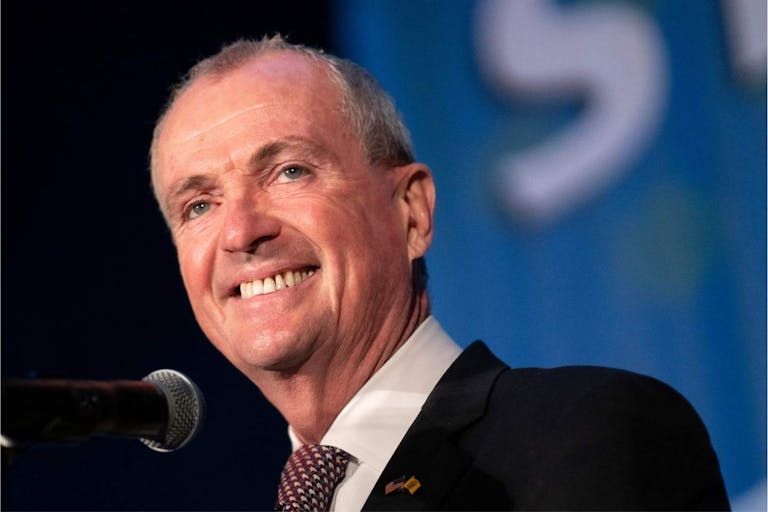
New Jersey governor promoted abortion on Christmas Eve
Cassy Cooke
·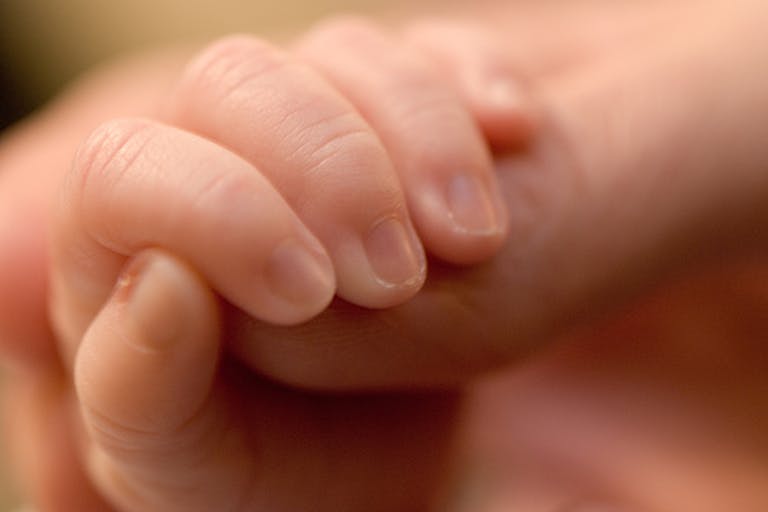
Nurse recalls baby born alive after abortion: ‘He was small but perfect’
On February 25, 2019, Planned Parenthood president Leana Wen claimed that babies are never born alive after abortions and left to die. Commenting on a bill that would have protected infants born alive after abortions, she tweeted, “Today, the Senate will vote on a bill that criminalizes doctors for a practice that doesn’t exist in medicine or reality.” Yet there have been multiple accounts from abortion workers about babies born alive after abortions who were then refused medical care.
A nurse who once worked in a hospital in Sydney, Australia, came forward to tell her own story in a video released by the Save the 8th Campaign in Ireland. The nurse, Caren Ní hAllacháin, spoke about an event she witnessed in the early 1990s. A woman was having an abortion at 22 weeks after an amniocentesis showed that the baby had a “chromosomal abnormality,” possibly Down syndrome. Caren said:
I wasn’t looking after [the woman having the abortion] directly, but I was on the ward. The other nurse had gone for a break, but I went into the sluice room [where medical waste was taken]. And the baby was in a kidney dish, in the sink where all the clinical waste was. The baby was born alive, and the baby was then taken from the mother – the mother never saw the baby. The baby was put into a kidney dish and brought away from the room, and to the sluice room, and left there just to die.
She described the child:
The baby was the full size of the kidney dish, so the baby was probably a little bit more than the length of my hands. He was small but he was perfect. He had – you could see his toes, his hands, it seemed like he had blonde hair. His eyes were closed. His mouth was open slightly. At first when I saw him, I thought he was actually dead, but I could see the rise and fall of his chest once I looked, because through the shock – he was breathing. And he wasn’t really moving. He had been there at least an hour and a half if not two hours.
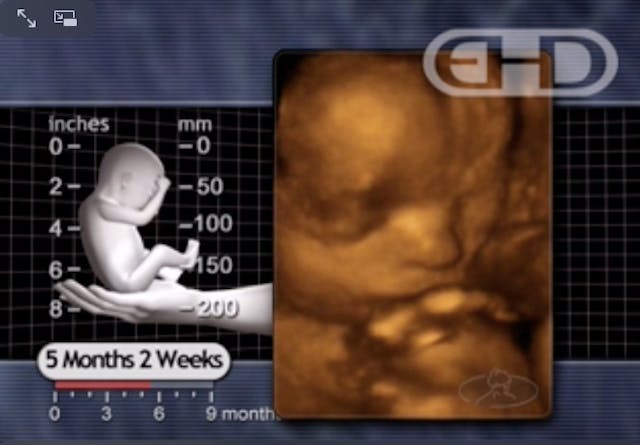
READ: CDC data proves babies still being born alive during abortions
Because it was an abortion, Caren was not allowed to intervene. She recalls the sense of helplessness she felt while watching the baby struggle for life:
I just did not know what to do. But there was nobody treating that baby. That baby was breathing and yet I couldn’t go and ring for the emergency team to come. I couldn’t get oxygen for the baby. I couldn’t put a blanket around the baby. I couldn’t pick the baby up…. the baby was still breathing. I couldn’t treat that baby as any other baby in any other part of that hospital, where you have babies the same age being treated in incubators and being ventilated and being given every assistance to live.
And yet this baby was left… in a kidney dish, which is [a] cold stainless steel metal dish, and just left to die. I had to leave the sluice room. I had to leave the baby there. That part is the hardest part of all because I felt I had abandoned the baby. When I went back the baby had died. The baby wasn’t breathing anymore. So the baby was still in the kidney dish. It was when the other nurse came back that she disposed of the baby’s body.
The emotional trauma and helplessness Caren felt has stayed with her:
To see that baby trying to breathe – to see the dignity of him in the kidney dish trying to breathe, and nobody, just nobody there. He is a human being and a person. You can’t deny it. You can’t deny that that child was a son. It is something that will stay with me for the rest of my life. I think the worst part of that is the fact that I wasn’t allowed to do anything. The baby was small, but it was perfect. [He] was perfect. The baby had a cleft lip – that was it.
This is just one example of a baby forced to die alone and cold in a room full of medical waste. The child experienced no love or compassion in his short life and was abandoned to die.
Incidents like this one have taken place in the United States and abroad.
“Like” Live Action News on Facebook for more pro-life news and commentary!
Live Action News is pro-life news and commentary from a pro-life perspective.
Contact editor@liveaction.org for questions, corrections, or if you are seeking permission to reprint any Live Action News content.
Guest Articles: To submit a guest article to Live Action News, email editor@liveaction.org with an attached Word document of 800-1000 words. Please also attach any photos relevant to your submission if applicable. If your submission is accepted for publication, you will be notified within three weeks. Guest articles are not compensated (see our Open License Agreement). Thank you for your interest in Live Action News!

Cassy Cooke
·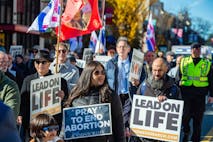
Activism
Cassy Cooke
·
Politics
Bridget Sielicki
·
Issues
Nancy Flanders
·
Issues
Bridget Sielicki
·
Issues
Angeline Tan
·
Guest Column
Sarah Terzo
·
Abortion Pill
Sarah Terzo
·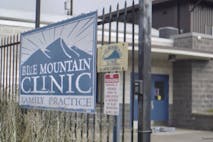
Guest Column
Sarah Terzo
·
Guest Column
Sarah Terzo
·
Guest Column
Sarah Terzo
·